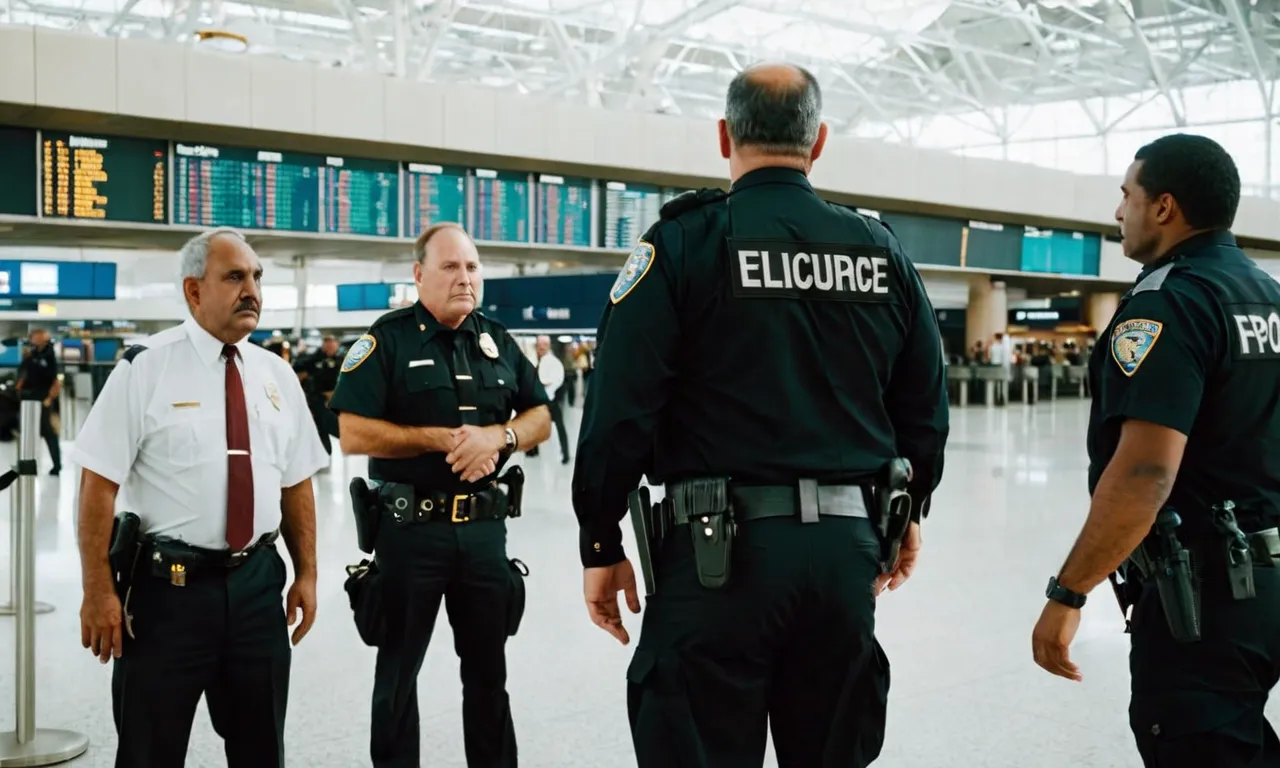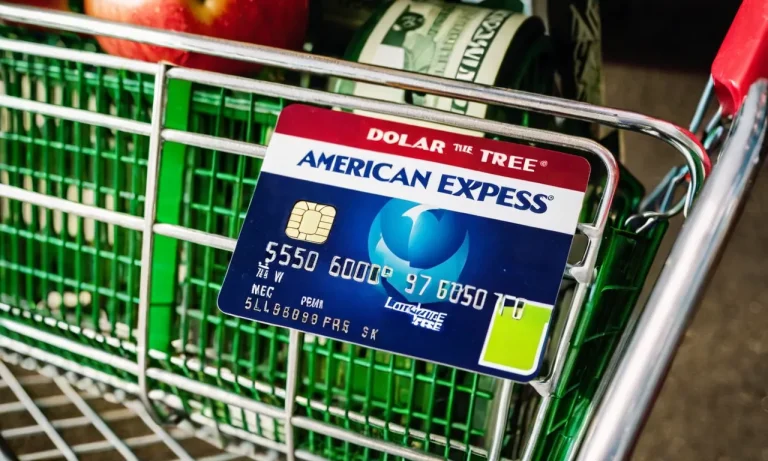Do Airports Know If You’Re Out On Bail?
Being out on bail awaiting trial can be an uncertain and stressful time. You may be wondering how much information airports have access to about your legal situation when traveling.
The quick answer is that airports do not routinely have access to databases showing who is out on bail, but they do have ways to flag higher risk travelers for additional screening.
In this detailed guide, we’ll explain what information airports can see when you’re traveling on bail, what additional security checks you might face, and tips for making travel go smoothly even during this difficult period.
What Information Airports Can Access About Bail Status
When it comes to determining whether airports have access to information about an individual’s bail status, it’s important to understand that the capabilities of airports in this regard are limited. While airports have advanced security measures in place, their primary focus is on screening passengers for potential flight risks rather than checking their bail status.
No connectivity to statewide bail/warrant databases
Airports do not have direct connectivity to statewide bail or warrant databases. This means that airport security personnel do not have real-time access to information regarding an individual’s bail status or any outstanding warrants they may have.
The responsibility of monitoring bail conditions lies primarily with law enforcement agencies and the individual’s assigned bail officer.
However, it is essential to note that law enforcement agencies may occasionally be present at airports for various reasons, including monitoring high-risk individuals. In such cases, they may have access to certain databases and be able to verify an individual’s bail status if necessary.
Airport security focuses on flight risks, not bail status
The primary objective of airport security is to ensure the safety of passengers and prevent any potential threats to aviation. With millions of travelers passing through airports daily, security measures are designed to identify individuals who may pose a risk to flights, such as those carrying prohibited items or exhibiting suspicious behavior.
While airports have implemented advanced technologies, such as facial recognition systems and body scanners, these measures are mainly aimed at enhancing security and preventing potential threats rather than determining an individual’s bail status.
It is important to remember that the responsibility for monitoring an individual’s compliance with bail conditions lies with the appropriate law enforcement agencies and the assigned bail officer. They are the ones who have access to the necessary databases and information to determine an individual’s bail status and take any necessary actions.
For more information on the specific processes and capabilities of airport security, you can visit the official website of the Transportation Security Administration (TSA) at www.tsa.gov.
Getting Flagged for Extra Airport Screening
When it comes to airport security, there are various factors that can lead to individuals being flagged for extra screening. This can include anything from random checks to specific indicators that raise red flags.
One of the primary reasons for individuals being targeted for additional screening is being assigned the “Selectee” status.
“Selectee” status and random checks
Being designated as a “Selectee” means that you have been selected for additional screening measures. This can happen randomly or due to certain factors that have caught the attention of airport security personnel.
While these checks may seem inconvenient, they are an essential part of ensuring the safety of all passengers. Through these random checks, security personnel can identify any potential threats and take appropriate action to mitigate them.
So, if you find yourself being selected for extra screening, remember that it’s all part of keeping everyone safe.
Advanced imaging scans and pat-downs
Another aspect of extra airport screening involves advanced imaging scans and pat-downs. These procedures are used to detect any concealed items that may pose a threat to the security of the aircraft and its passengers.
Advanced imaging scans, such as full-body scanners, use technology to identify any anomalies on a passenger’s body. If any irregularities are detected, a pat-down may be conducted to ensure there are no prohibited items hidden on the person.
It’s important to note that these screening measures are not meant to target individuals based on their personal circumstances, such as being out on bail. Airport security protocols are designed to be impartial and focus on identifying potential threats to aviation security.
The goal is to maintain a safe and secure environment for all travelers.
If you want to learn more about airport security procedures and how they are implemented, you can visit the Transportation Security Administration’s (TSA) official website at www.tsa.gov. The TSA provides detailed information about security protocols, passenger screening, and what to expect when going through airport security.
Preparing for Airport Security When Out on Bail
When you find yourself out on bail and needing to travel by air, it’s important to be aware of the specific procedures and precautions that need to be taken at the airport. Here are some key steps to follow when preparing for airport security:
Bring paperwork showing court permission to travel
Before heading to the airport, it’s crucial to bring along any paperwork that proves you have court permission to travel. This could include a copy of your bail agreement, a letter from your attorney, or any other relevant documents.
It’s important to have these documents readily available in case airport security requests to see them.
Pro tip: Make multiple copies of these documents and keep them in different bags or locations. This way, if one set of documents gets lost or misplaced, you’ll have a backup.
Allot extra time for getting through security
When you’re out on bail, it’s wise to give yourself extra time at the airport to get through security. This is because airport security measures can be more thorough for individuals who are out on bail.
Arriving early will help ensure that you have plenty of time to go through any additional screenings or checks that may be required.
Did you know? According to the Transportation Security Administration (TSA), individuals who are out on bail may be subject to additional security checks, such as enhanced pat-downs or more rigorous bag inspections.
Being aware of this beforehand can help you mentally prepare and reduce any potential stress or anxiety.
Pro tip: Check the TSA website or contact your local airport for specific information on their policies and procedures for individuals who are out on bail. This will give you a better understanding of what to expect and how to navigate through the security process smoothly.
Remember, being out on bail doesn’t mean you can’t travel by air. By following these steps and being prepared, you can navigate airport security with ease and peace of mind.
Conclusion
Being out on bail can make airport travel nerve-wracking. But understanding security procedures and allotting extra time can help reduce stress.
While airports themselves do not have direct access to statewide criminal justice databases, additional screening based on risk algorithms can still occur.
With the proper preparation and mindset, travelers out on bail can navigate airport security screening successfully.








